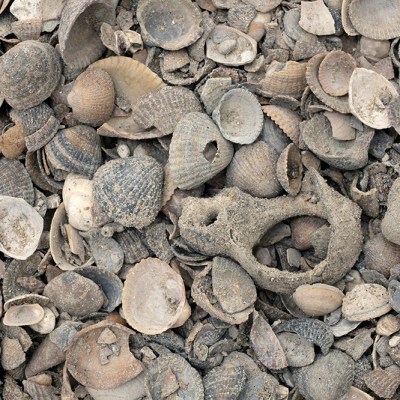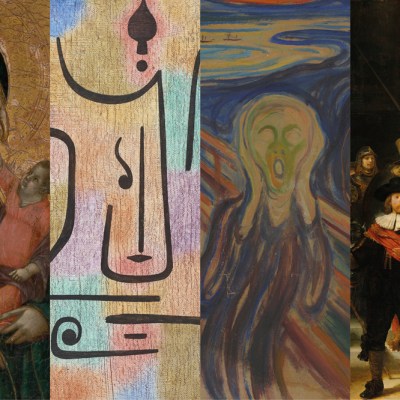From the May 2022 issue of Apollo. Preview and subscribe here.
Two years after its spring edition was postponed by the Covid-19 pandemic – and one year after the fair’s organisers decided to scrap its autumn edition permanently in favour of a single annual American event – TEFAF New York finally returns to the Park Avenue Armory from 6–10 May. ‘We’re delighted to be back in-person in New York, and to welcome our guests to a one-of-a-kind art experience,’ says Charlotte van Leerdam, the chief financial officer and managing director of the fair. ‘TEFAF’s legacy is promoting exceptional quality and prestige across the artistic landscape, and we’re pleased to be opening our doors in May.’
Showing in the historic building’s massive Drill Hall and upstairs club rooms are 91 galleries from 14 countries – a comparable spread to previous years. But rather than focusing on mainly modern and contemporary dealers in the spring, and antique and ancient art dealers in the autumn, TEFAF New York now includes the full range of exhibitors. This means that visitors will have a chance to see ancient Roman sculpture alongside new works straight from artists’ studios.
Torso based on the Doryphoros by Polykleitos, first century AD, Roman. Galerie Chenel (price on application)
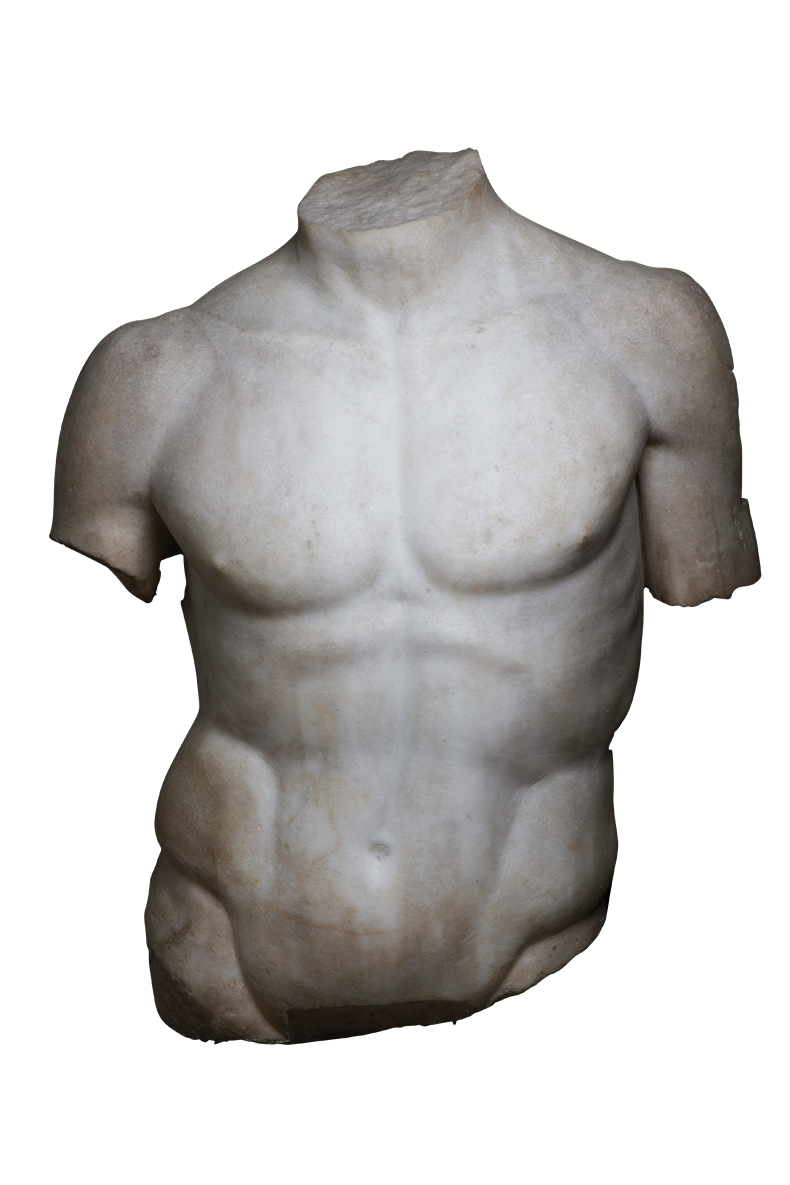
Sean Kelly Gallery, for example, is showing Barthélémy Senghor (2021), an iron bust of an elegant young Black man wearing a hood, by Kehinde Wiley. ‘His radical reinterpretation encourages us to examine the stereotypes that can be found in portraiture,’ wrote Rujeko Hockley, then assistant curator of contemporary art at the Brooklyn Museum, when it hosted the artist’s solo show in 2015. The in-demand artist, whose official portrait of former American president Barack Obama (2018) is on an extended national tour, has a solo show at the Fondazione Giorgio Cini during the 59th Venice Biennale this year, ‘An Archaeology of Silence’ (24 April–24 July).
Galerie Chenel from Paris is showing a Roman marble torso from the first century AD based on the Doryphoros (‘Spear Bearer’), the ancient Greek sculptor Polykleitos’s conception of the ideal male body. While the original bronze statue from around 440 BC has been lost, the Doryphoros was one of the most reproduced sculptural forms in antiquity, and many scholars considered it a perfect example of anatomical balance, as Polykleitos outlined in his treatise the Canon. The piece brought by Chenel has a long provenance, having come to auction in 1910, and was previously part of the collection of the Walters Art Museum in Baltimore (when it was known as the Walters Art Gallery).
Barthélémy Senghor (2020; cast 2021), Kehinde Wiley. Sean Kelly Gallery ($150,000). Courtesy Sean Kelly Gallery; © Kehinde Wiley
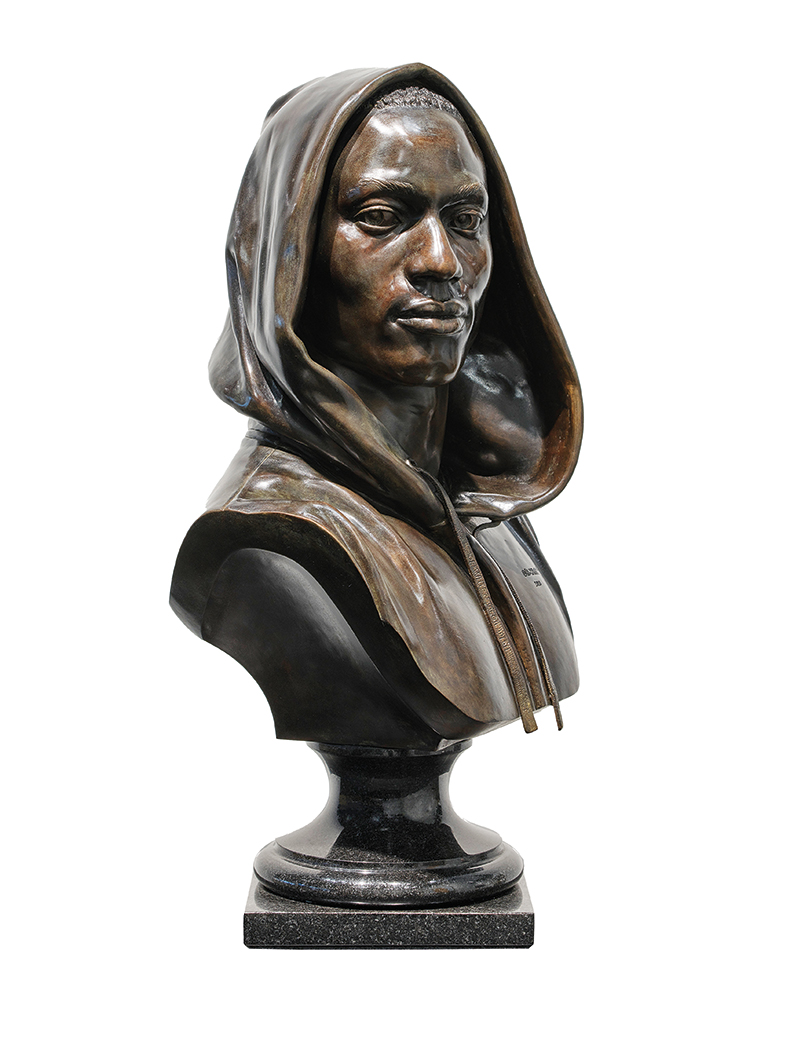
Another Parisian dealer, Galerie Bernard Dulon, meanwhile, is bringing a classical Bekom royal mask from Cameroon. Dating to the late 19th or early 20th century, the wood and copper mask was once owned by the artist and photographer Georges de Miré, and was first shown publicly in an important exhibition of African and Oceanic art at the Théâtre Pigalle in 1930. When Georges de Miré’s collection was dispersed at an auction at Hôtel Drouot a year later, this mask was bought by Pierre Faure, the grandson of the opera singer and art collector Jean-Baptiste Faure, and remained in his family until last December, when it once again came on the market at Christie’s Paris. It is now being shown in New York for the first time.
Brussels-based Galerie de la Béraudière is bringing Germaine Richier’s modernist masterpiece La Tauromachie (1953). Taking Picasso’s Surrealist bullfighting imagery to its inescapable end in decay and destruction, Richier’s bull lies as a bare skull while her sombre matador steps away from the scene, his stake pointed absently down. ‘Finally, the sculpture is a place, an entity, a synthesis of movements,’ Richier said of the piece. ‘I don’t know if the Tauromachy evokes the sand, but no form, it seems to me, can be separated from the universe, the elements. It is therefore something more than an image.’ Produced in an edition of ten (plus one artist proof), this sculpture is now in the collections of leading museums, including the Guggenheim in New York.
La Tauromachie (1953), Germaine Richier. Galerie de la Béraudière (price on application)
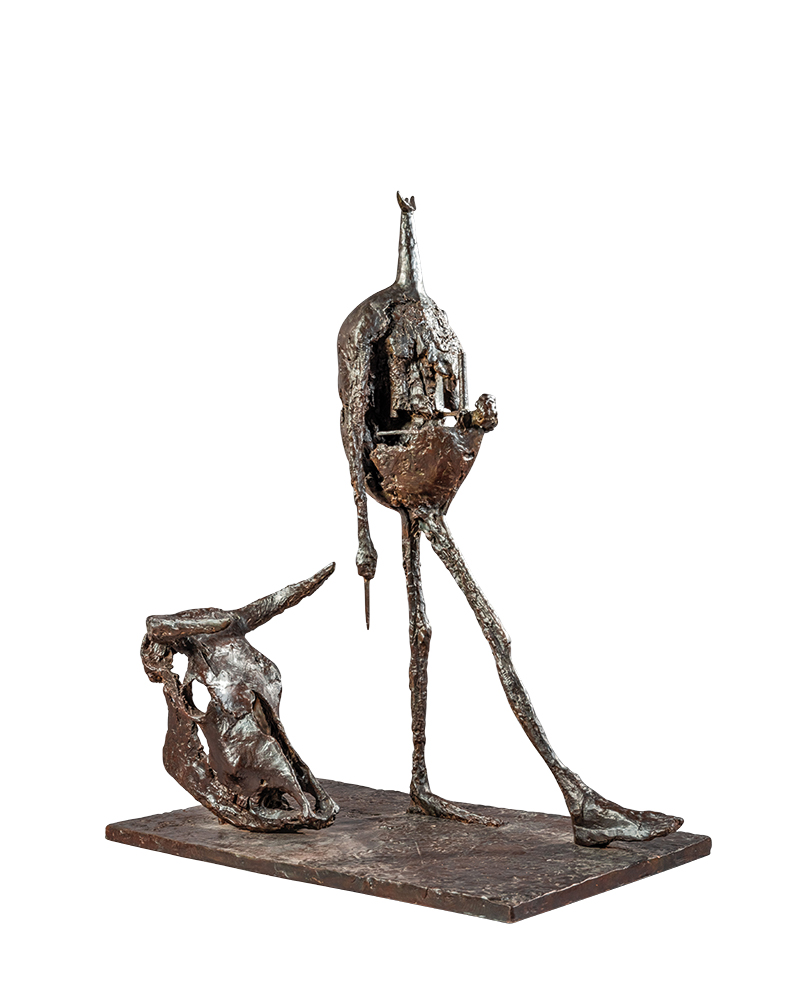
One important work on view that will not be for sale, however, is an illuminated Jewish prayer book, known as the Montefiore Mainz Mahzor (c. 1310–20). The object was the first piece of Judaica to be acquired by the Museum of Fine Arts Houston in 2018 and, after its showing in New York, will be conserved through support from TEFAF’s Museum Restoration Fund. ‘This extraordinary manuscript is one of a very few surviving examples from medieval Germany, and is all the more remarkable because it was actively used by congregants for centuries,’ Gary Tinterow, the museum’s director, said in a statement. ‘This generous grant from TEFAF will allow our team of conservators in Houston to restore and preserve this exceptional touchstone of Jewish heritage, so that we may display the book in our galleries as part of the museum’s World Faiths Initiative.’
With so many riches spanning centuries under one roof, it is unsurprising that TEFAF has no plans to split up its New York presentation again. ‘Having one singular fair encapsulating modern and contemporary art, jewellery, antiquities, and design from around the globe creates an unparalleled experience for our guests,’ van Leerdam says. ‘The ability to have all these diverse art objects together is very impactful.’
TEFAF New York is at the Park Avenue Armory, New York, from 6–10 May.
For more details, go to tefaf.com.
From the May 2022 issue of Apollo. Preview and subscribe here.


